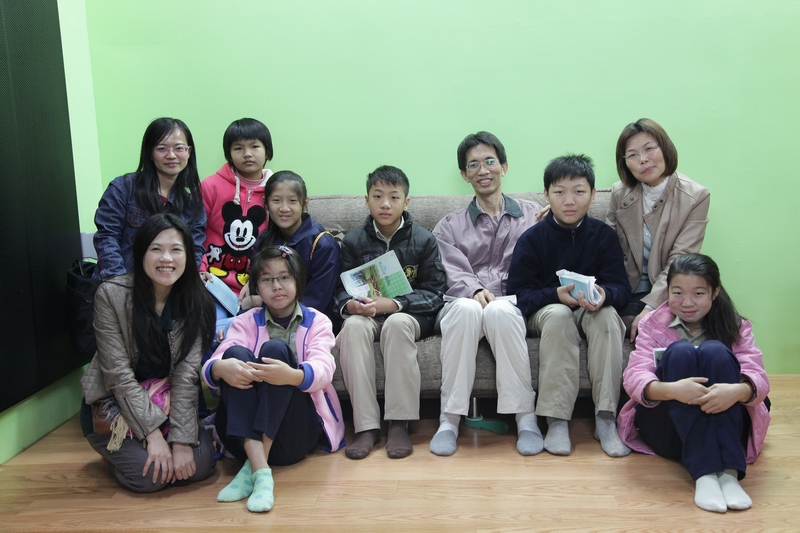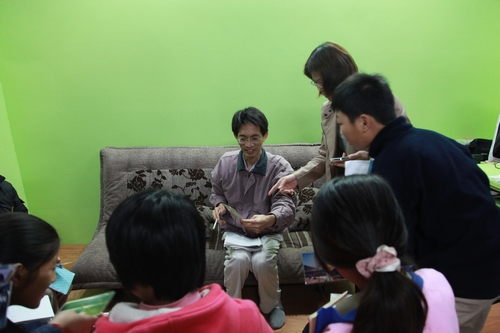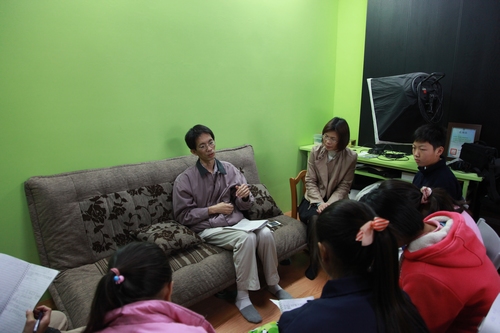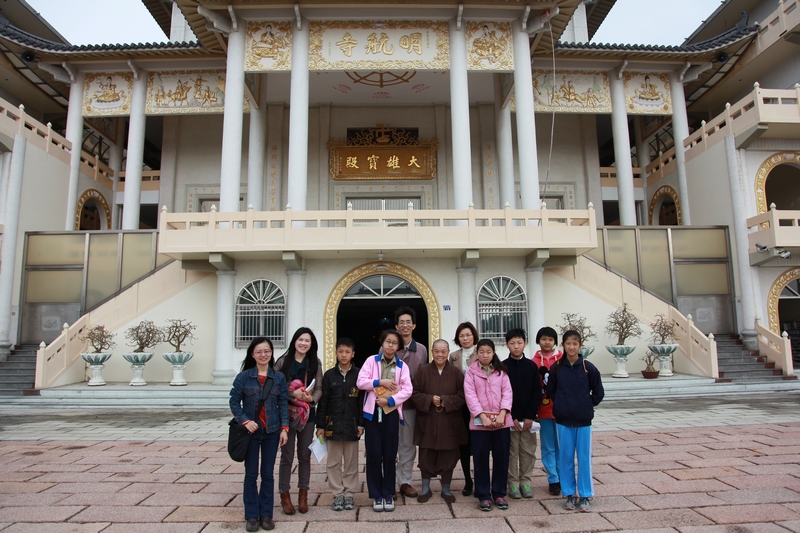|
|
|
|
||
|
A Visit to the Ming Harng Temple |
||
|
|
||
| Interviews with Luke and the Abbess of the Ming Harng Temple by Yi-Hsin Tsai | ||
|
We returned to Luke’s studio today to learn about his new program, the
Renshi Academy. Luke has been very busy getting ready to launch this new
program in March of 2014. I asked Luke why he wanted to do the Renshi
Academy. He said he wanted to give something back to society. He said it
was difficult to win the trust of people when you were doing good deeds.
He said that for years he had not asked for money for his work helping
others. He said it was a selfless act and that made it easier for people
to come to trust him. He is a very positive person. Now we are trying to sort through the data we have collected on Luke. Although we now knew more about his background, we felt that something was missing. There were no photos. When we mentioned this to Luke, he smiled and told us he had pictures from his boyhood and when he was a young man. He said that he did not like taking photos when he was older. It would make him seem to be a “big deal.” He gave us photos and we all looked at them. Luke was a good looking young guy who often posed for the pictures. After we finished our interview, we visited the Ming Harng Temple where Luke offered free English classes, organized educational events and held English contests. We were very curious. |
||
|
|
|
|
|
Once we got
there, we saw a spacious courtyard with many statues of cute little
monks. Our teachers promised us that we could take photos with them
after our interview was over. We were really looking forward to that.
During the interview with the abbess, there was one saying that I found
very meaningful, “Cultivate good and avoid all evil.” I found this very
educational. The abbess said that working with Luke was a great
experience because he was such a responsible person. That was why she
decided to turn the store rooms next to the main structure into two
classrooms. She took us there to take a look. Luke eventually stopped
teaching at the monastery because he hoped to help more people by
creating video lessons and putting them online for people to watch. This
was very time consuming, so he had to stop teaching at the monastery. As
I thought of all the devoted people, including Luke, who had taught
children at this monastery, I felt touched. While the principal was saying goodbye to the abbess, we took advantage of the little time we had to take photos with the statues. Then we bid our farewell and rushed back to school for lunch. On our way back, I could still imagine the touching stories of what had once happened there. |
||
|
|
|
|
|
|
||
|
|
||
| A Visit to the Ming Harng Temple by Chi-lian Hong | ||
| This morning we visited the abbess of the Ming Harng Temple. She told us that the monastery organized many educational events and classes such as the annual calligraphy contest, the English vocabulary contest, summer camps, and classes for character education. She said that students didn’t always take them seriously. Perhaps, because they didn’t have to pay for them. Some students didn’t even bother to call if they couldn’t show up in class. | ||
 |
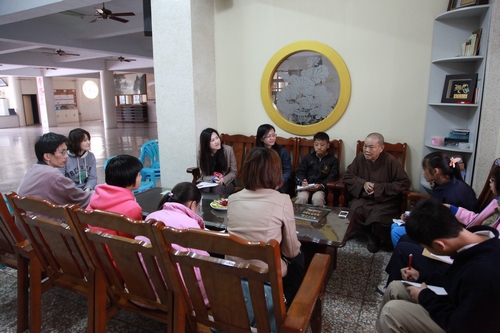 |
|
|
Then the Abbess shared some of her ideas with us; some were
sophisticated and difficult to understand. We listened very closely as
we wanted to learn all we could from her and about Luke Lin and his
work. |
||
 |
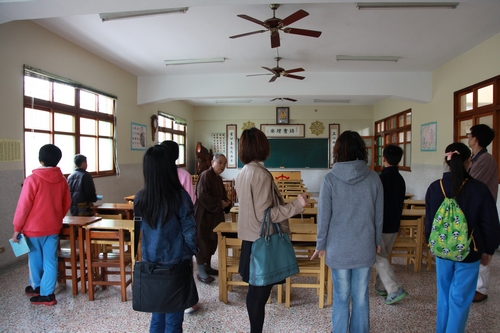 |
|
|
Luke and the Abbess showed us Luke’s classrooms. Luke even taught us how
to say the Buddhist phrase, The Three Treasures, in English. We were
able to take many photos next to the statues of the little monks. The
smiles and interesting body positions of the statues were so interesting
that we talked about them on the drive back to school. We are very happy with our choice of Luke Lin and his work for our Cyberfair project this year. We see how Luke’s devotion to education makes our society better. He is an excellent role model for giving back to our community and nation. We hope to help others understand Luke’s work and be motivated to do good things themselves. Luke says that we should be grateful for what we have. If we have this positive and thankful attitude, we will be much happier in life. |
||
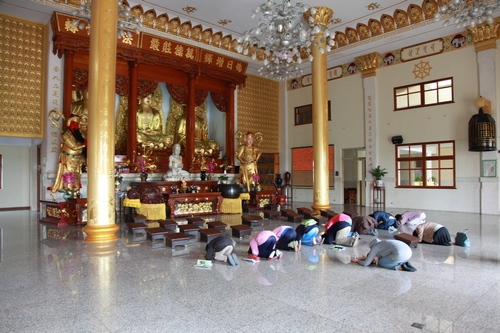 |
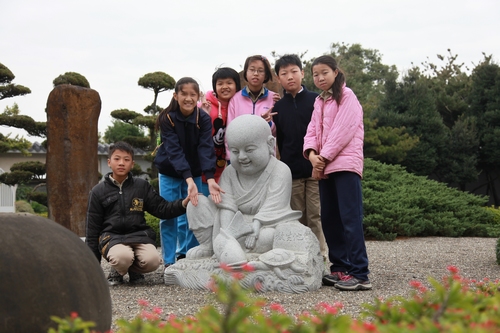 |
|
|
|
||

